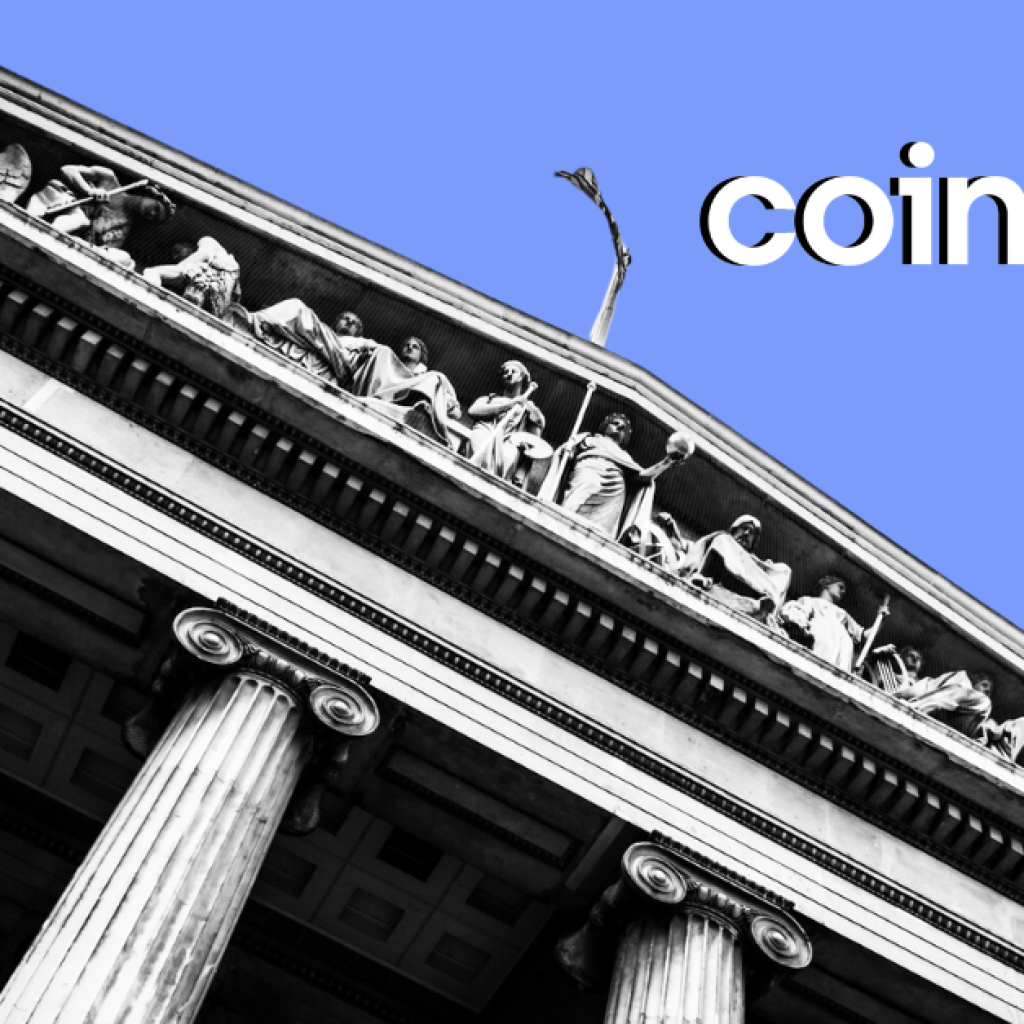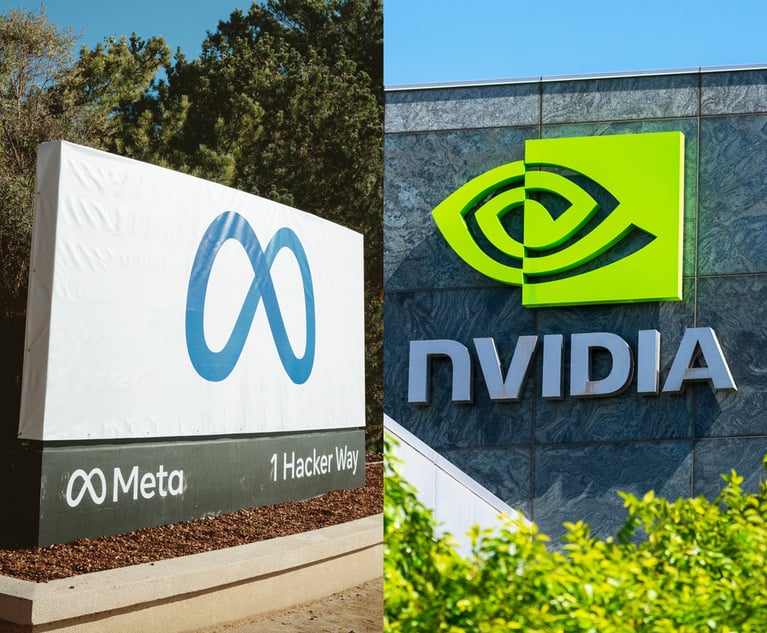During the EDCON 2023 conference, Vitalik Buterin called the The Internet Computernetwork Ethereum’s sister network refuting competition claims. In the world of blockchain technology and crypto, Ethereum has emerged as a prominent player, revolutionizing the way we think about decentralized applications and smart contracts.
However, another platform has recently gained significant attention in the crypto community, positioning itself as Ethereum’s sister network: the DFINITY project. DFINITY is a groundbreaking blockchain platform that aims to provide a highly scalable and efficient decentralized computing network. Created by a team of visionary developers, DFINITY offers a unique approach to blockchain technology.
Vitalik sees DFINITY as Ethereum’s sister network rather than a competition
Ethereum and DFINITY both strive to create a decentralized future, empowering individuals and businesses with the ability to interact directly, securely, and without intermediaries. While Ethereum has established itself as a leader in the field, DFINITY aims to complement its capabilities by addressing some of the scalability challenges that Ethereum currently faces.
When it comes to Layer 1s that allow smart contracts, Ethereum is without a doubt the most popular. With a market valuation of approximately 216 billion dollars and 70 billion dollars in multiple DeFi protocols, Ethereum’s success has surely given door to many technical advances that other cryptocurrencies employ today.
DFINITY, the future public blockchain-based cloud computing network that will seed a decentralized internet known as cloud 3.0. It is also completely compatible with the Ethereum Virtual Machine (EVM) and significantly reduces the cost of IT systems and business applications.
It’s incredible that DFINITY’s “Blockchain Nervous System” can mechanically adjust economic conditions as well as specific network settings to suit capacity needs. In brief, this network can evolve and address real-time issues, making it far more adaptable than present systems.
DFINITY vs Ethereum VS
Ethereum is unquestionably the dominant decentralized public blockchain platform for running smart contracts. The Ethereum smart contract and EVM components added credibility to the technology. In addition, it possesses all the fundamental advantages that the conventional blockchain lacks. Here are the top 5 differences between Ethereum and Dfinity.
1. On-chain governance VS off-chain governance – The The Internet Computer BNS is a built-in on-chain governance structure, whereas Ethereum discussions and decisions must be conducted off-chain.
2. Proof of Stake (PoS) VS Proof of Work (PoW) – PoW is the requirement that block creators solve cryptographic riddles to earn the right to create a new block. PoS is a system that allows you to become the next bookmaker based on the stake fraction you own or deposit into the system.
In comparison to PoS, the PoW system requires more costly computations. Therefore, individuals produce evidence of their stake, which DFINITY will use. In certain circumstances, Ethereum uses both the PoW and the PoS. Note that Ethereum has transitioned to PoS.
3. Security over Lifeness VS Lifeness over Security – Typically, DFINITY is so-called threshold groups, in which a random selection of 400 IDs manifest blocks and generate unique threshold signatures. When the threshold is not met, the entire system fails. In such circumstances, Ethereum takes a different approach using the proof of work architecture, which prioritizes life over security. The The Internet Computer, on the other hand, favors security over lifeness.
4. Fixed-sized deposits VS variably sized deposits – There is a fixed sized deposit at DFINITY where the quantity of stake that you must deposit is fixed by the system and there is a requirement to create more than one ID. There are variously sized deposits in Ethereum where you can design the system with diverse affects.
As a result, in the never-ending war between The Internet Computer and Ethereum, both win according to different standards. It is also important to note that both are roughly equivalent in terms of their distinct individual characteristics.
5. Actor model VS serialized contract execution – DFINITY, in general, follows the Actor Model because it allows for the execution of applications. This represents the fact that it provides both parallel contract execution and asynchronous message passing. On the other side, everything happens on Ethereum one after the other, and you need to store a lot of data in your memory, which puts a pressure on your machine’s memory.





